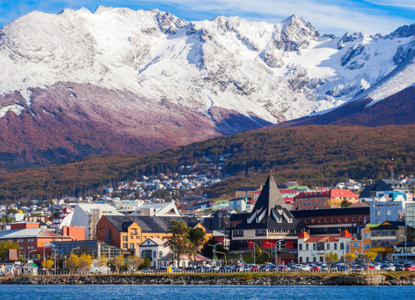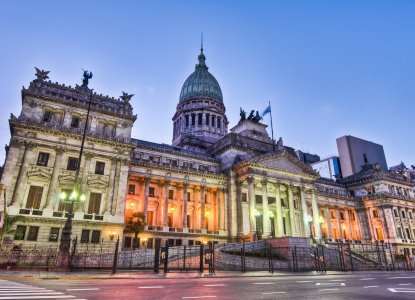What to Know Before Going to Argentina
If you’re planning a trip to Argentina, get ready for an adventure of a lifetime! Whether you’re spending a few weeks exploring the cities, culture, and landscapes of this vast country or simply spending the day in Ushuaia before your Antarctic cruise, there is so much to love about the spectacular,
Read More







